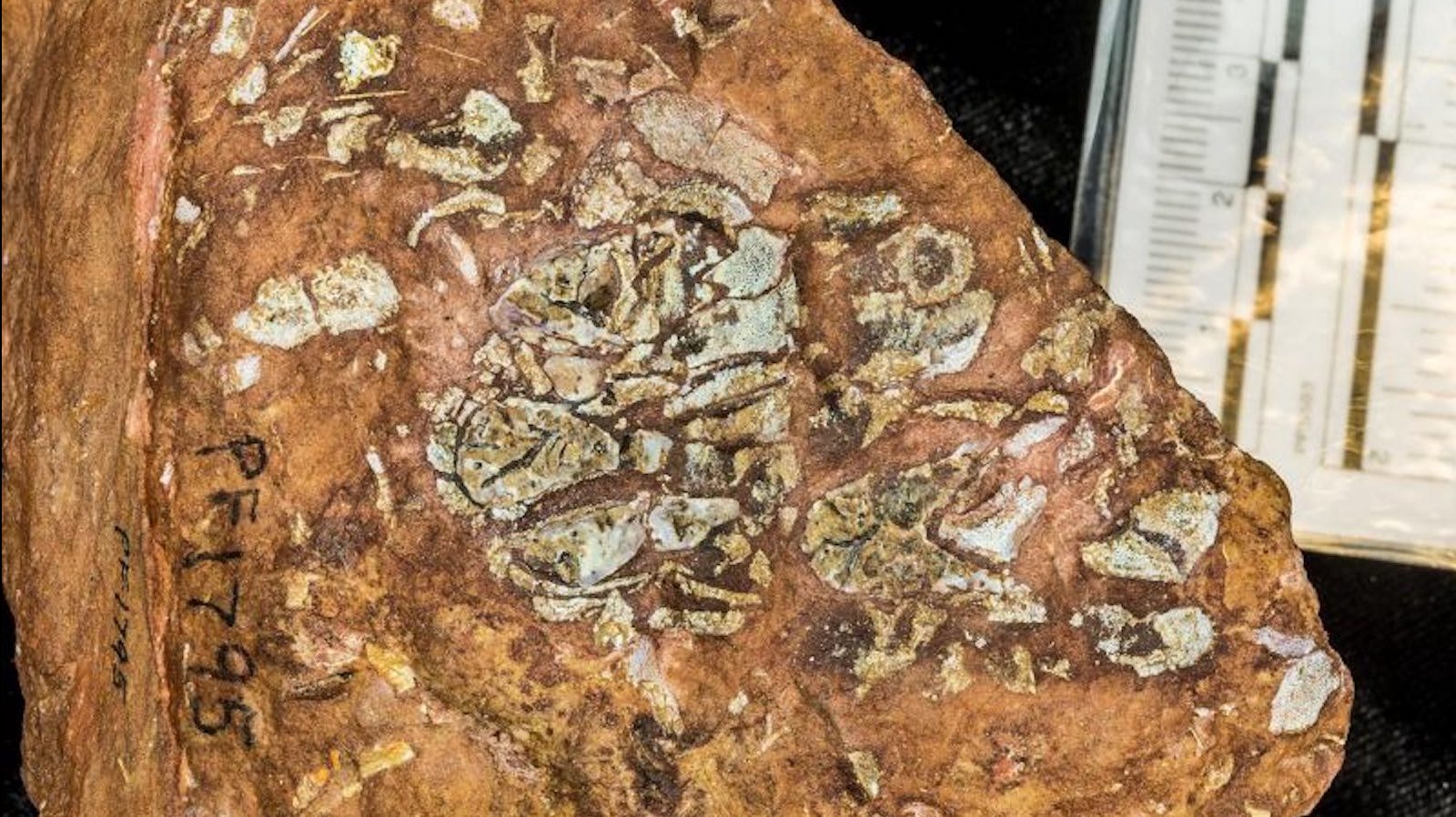He Hubble Space TelescopeDespite being an instrument more than 30 years old, it has not lost its validity for space exploration. Recently, data from this lab National Aeronautics and Space Administration (NASA in English) and the European Space Agency (ESA, in English) were able to record how it falls into a black hole 85 million light-years away.
“Material falling into a supermassive black hole creates a bright light at the heart of the galaxy”, explain the scientific propagators of the account AstroF3. “As dust and gas fall into the black hole, the material heats up and emits light across the entire electromagnetic spectrum.”, they added.
A description of the image released by the space agency reads: “A bright, white, fuzzy galaxy shines in the lower left corner with red dust lanes down its center. A small spiral galaxy shines just above it, against the black background of space.”.
The specific area captured is known scientifically NGC 5283. It is a barred spiral galaxy located about 85 million light-years from Earth in the Centaurus constellation. It was discovered by a Scottish astronomer James Dunlap In 1826.
NGC 5283 is characterized by its spiral structure, with a distinct central bar running through its core and spiral arms extending from the bar. The galaxy belongs to the Centaurus A/M83 constellation, which includes the famous Centaurus A galaxy (NGC 5128) and the spiral galaxy M83.
Like many galaxies, NGC 5283 has a large number of stars, and active star-forming regions where new stars form. It may also contain star clusters, nebulae, and other interesting astronomical structures.

:quality(70)/cloudfront-us-east-1.images.arcpublishing.com/metroworldnews/PZPJNVS44NDTDI6UWQ6ACDNY7U.jpg)



